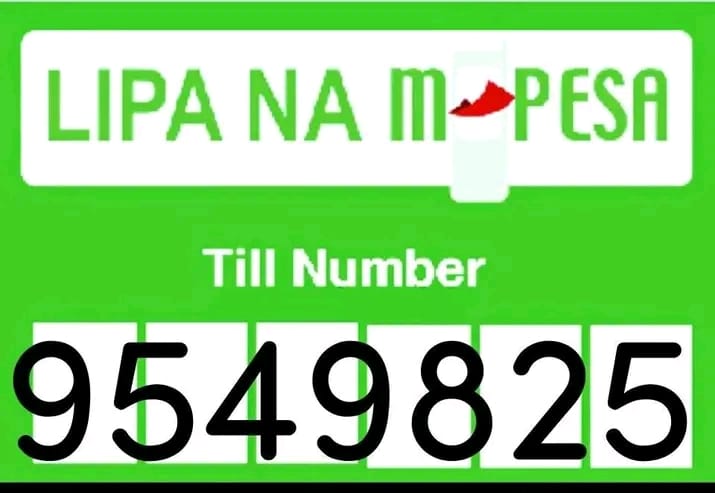
simply amazing, always for you.
Have you ever glanced into the toilet bowl and wondered why your urine is yellow? You’re not alone. Urine color is one of those subtle body signals that we usually ignore — until it changes and we suddenly get curious, or even worried.

In truth, the color of your pee can reveal a lot about what’s happening inside your body. From hydration levels to hidden health issues, your urine acts like a little health report you send out several times a day — whether you realize it or not.
Let’s break it down: why is urine yellow, what different shades mean, and when you should be concerned about changes in color.
Why Is Urine Yellow?
Urine gets its yellow color primarily because of a pigment called urochrome (scientific name: urobilin).
Urochrome is a waste product created when your body breaks down old red blood cells. Here’s the journey simplified:
- Red blood cells live about 120 days.
- When they get old or damaged, your body recycles them.
- The hemoglobin (the part that carries oxygen) is broken down.
- One of the end products is a yellow pigment called urochrome, which is excreted in your urine.
This process is natural and ongoing — which is why almost everyone’s urine is some shade of yellow most of the time.
Hydration plays a big role in just how yellow your urine looks:
| Hydration Level | Urine Color |
|---|---|
| Very well-hydrated | Clear or very pale yellow |
| Normal hydration | Light yellow |
| Slight dehydration | Medium yellow |
| Dehydrated | Dark yellow to amber |
The more water you drink, the more diluted your urine becomes, making it lighter. Less water means more concentrated waste products, deepening the yellow hue.
Other Things That Can Affect Urine Color
While urochrome and hydration are the main players, several other factors influence your pee’s color, including:
- Diet: Certain foods can change the color dramatically. Beets might turn it pink or red. Carrots and high doses of vitamin C can give it an orange tint.
- Vitamins: Especially B-complex vitamins like riboflavin (B2), which can make your urine almost neon yellow or fluorescent greenish-yellow.
- Medications: Some antibiotics, laxatives, chemotherapy drugs, and painkillers can alter urine color as a side effect.
- Medical Conditions: Liver disorders, kidney disease, and urinary tract infections (UTIs) can cause abnormal urine colors.
A Guide to Urine Colors (What Each One Might Mean)
Let’s walk through a urine color chart, from normal to “time to call a doctor.”

1. Clear Urine
What it means:
You’re probably overhydrated. Drinking lots of water is good, but excessive amounts can actually flush out important electrolytes from your body.
Should you worry?
Not necessarily, but if your urine is always completely clear and you’re peeing very frequently, you might want to ease up a bit. Balance is key.
2. Pale Yellow to Gold
What it means:
This is considered normal, healthy urine. Congratulations — you’re hydrated and your body is eliminating waste efficiently.
Should you worry?
Nope. This is exactly what you want to see most of the time.
3. Dark Yellow to Amber
What it means:
Mild to moderate dehydration. Your body is conserving water, concentrating waste products in your urine.
Should you worry?
Drink more fluids, especially water. If the dark yellow sticks around after hydrating properly, it could hint at other issues like liver problems — but usually, it’s just dehydration.
4. Orange Urine
What it means:
Several possibilities:
- Dehydration (same as dark yellow).
- Foods like carrots, blackberries, or beets.
- Medications like rifampin (an antibiotic) or certain laxatives.
- Liver or bile duct issues, if persistent.
Should you worry?
If you haven’t eaten anything unusual or started a new medication, and orange urine sticks around for more than a day, it’s worth mentioning to a doctor.
5. Pink or Red Urine
What it means:
- Foods (beets, rhubarb, blackberries).
- Blood in the urine (hematuria), possibly due to:
- Urinary tract infections (UTIs).
- Kidney stones.
- Bladder or kidney infection.
- More rarely, cancers.
Should you worry?
If you haven’t eaten any “red” foods and notice pink or red urine, call your doctor immediately. Blood in the urine is never something to ignore.
6. Brown Urine
What it means:
- Severe dehydration.
- Eating large amounts of fava beans, rhubarb, or aloe.
- Liver disease (e.g., hepatitis or cirrhosis).
- Muscle injury leading to release of myoglobin (a muscle protein) into urine.
Should you worry?
Yes. Brown urine that doesn’t resolve with hydration should be evaluated urgently.
7. Green or Blue Urine
What it means:
- Food dyes (e.g., in candies or beverages).
- Certain medications (like propofol, a sedative).
- Rare genetic conditions like familial benign hypercalcemia (also called “blue diaper syndrome”).
- Infections with certain bacteria (like Pseudomonas).
Should you worry?
Not usually if it’s related to something you ate or medicine you’re taking. But if it happens without a clear reason, see a doctor.
8. Cloudy or Murky Urine
What it means:
- Possible urinary tract infection (UTI).
- Kidney stones.
- Dehydration.
- Presence of phosphate crystals.
Should you worry?
Yes, especially if accompanied by a foul smell, burning sensation, or pain.
What About the Smell?
While color gets the most attention, urine odor also carries clues. Normal urine has a slight smell — but strong, unusual odors can point to things like:
- Dehydration (strong ammonia smell).
- Diet (e.g., asparagus, coffee, certain spices).
- Infections (foul or fishy smell).
- Diabetes (sweet or fruity smell — urgent medical attention needed).
Bottom line: color + smell + other symptoms give the full picture.
When to See a Doctor
You should talk to a healthcare provider if you notice:
- Persistent dark yellow, orange, or brown urine despite drinking enough water.
- Red or pink urine not linked to food.
- Cloudy urine along with fever, chills, or burning during urination.
- Urine that smells sweet, fruity, or extremely foul for no clear reason.
- Green or blue urine with no recent intake of dyed foods or medications.
Early intervention can catch infections, liver issues, kidney problems, and more before they become serious.
How to Keep Your Urine Healthy
Good urine health is really about good overall health. Here’s how you can help your body (and your bladder):
- Stay hydrated: Drink water throughout the day. A good rule is about 8 glasses (2 liters) daily, but listen to your body.
- Eat a balanced diet: Fruits, vegetables, whole grains — these all support kidney function.
- Limit salt and processed foods: Too much sodium stresses your kidneys.
- Go easy on sugar and soda: Sugary drinks can irritate the bladder and increase infection risk.
- Listen to your body: Don’t hold your pee for long periods — it can weaken your bladder over time.
- Regular checkups: Especially if you have risk factors like diabetes, high blood pressure, or a family history of kidney disease.
Fun Fact: Ancient Urine Analysis
You might be surprised to know that urine analysis is one of the oldest forms of medical diagnosis! In ancient times, doctors would literally smell, taste (yep), and observe the color of urine to diagnose illness.
Today, we thankfully have labs — but your own observations still matter. Keeping an eye on your urine color is a simple and free way to check in with your body.
Trust the Bowl
Your urine color can tell you if you’re hydrated, hint at your diet, and even flag early signs of health problems. Pale yellow to light gold is the sweet spot for most healthy adults.
But if your pee takes on a strange color, smells weird, or comes with other symptoms — trust your instincts. It’s always better to check with a doctor than to brush off body signals.
At the end of the day, your body is constantly communicating with you. All you have to do is listen — even if it’s through something as everyday as a quick glance into the toilet.

Support Our Website!
We appreciate your visit and hope you find our content valuable. If you’d like to support us further, please consider contributing through the TILL NUMBER: 9549825. Your support helps us keep delivering great content!
If you’d like to support Nabado from outside Kenya, we invite you to send your contributions through trusted third-party services such as Remitly, SendWave, or WorldRemit. These platforms are reliable and convenient for international money transfers.
Please use the following details when sending your support:
Phone Number: +254701838999
Recipient Name: Peterson Getuma Okemwa
We sincerely appreciate your generosity and support. Thank you for being part of this journey!
